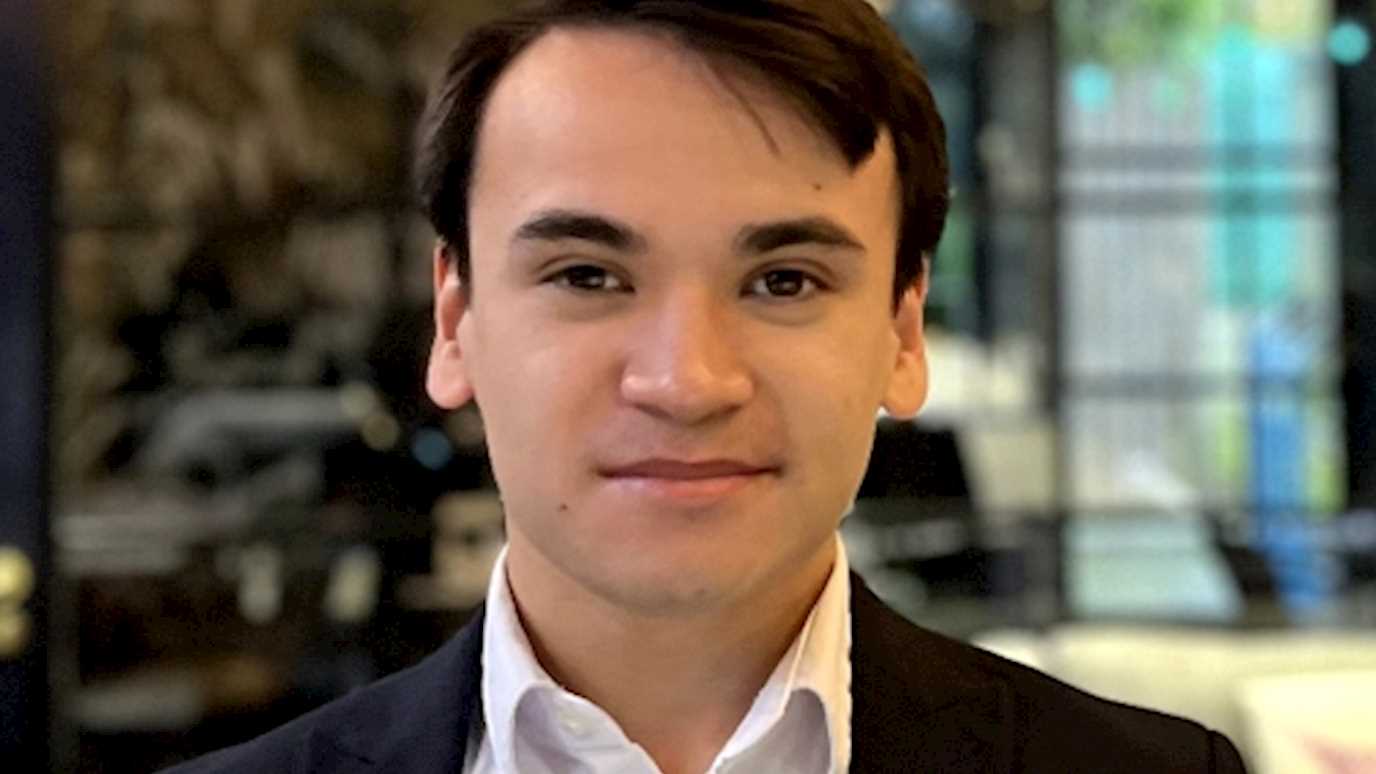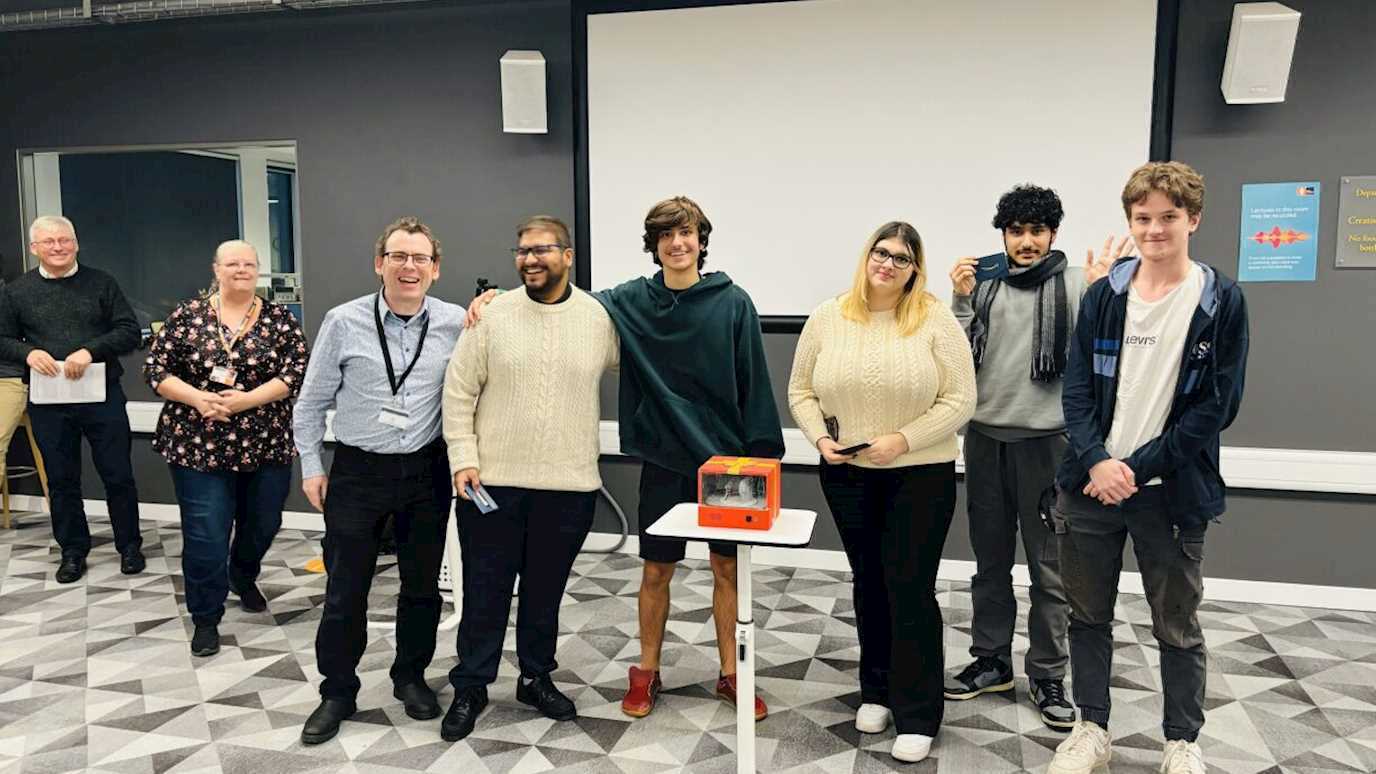A student in the Department of Electronic Engineering, Richard Newman, recently featured in Electronics Weekly as a ‘Bright Spark’, highlighting his exciting RF & Microwave Engineering Internship at the Compound Semiconductor Applications Catapult.

Richard explained that his journey into electronic engineering was always motivated by his problem-solving skills, and logical thinking, along with determination.
“It was only really until university through academic professors that I was told that engineering is a very creative industry. And my internship at CSA Catapult reflected this. I learnt for myself that as engineers we apply our creativity, scientifically to solve real-world problems.”
Richard applied for his internship through the UKESF scholarship scheme (which Royal Holloway is a partner with), to be an RF & Microwave Engineering intern with the CSA Catapult (CSA).
“I had always heard about how wireless communications played an important role in the modern-day life we live today, but never had a real understanding into what the technology consisted of. Working for CSA Catapult it was exciting to see a new industry opening and how compound semiconductors can be applied to the RF & Microwave technology.”
He made the most of his time at the Catapult and, with the support of the rest of the RF team, took opportunities to train himself on software such as Keysight ADS and Altium Designer. Despite never having used these packages before, he became very independent and able to manage himself with minimal input, which in turn helped him grow as an engineer.
He explained that his biggest achievement was working on an internal RF project at CSA, designed to help expand the RF department’s capabilities. It involved honing his previous skills to design the impedance matching network of a power amplifier in Keysight ADS, an important stage in RF PA design.
The task, we learned, was to design a wideband impedance matching network for a GAN HEMT transistor at 3.5GHz in Keysight ADS. The circuit was very challenging, he explained, using lumped inductor and capacitor components to match the load and source impedances of the transistor to 50 Ohms using a smith chart. The configuration of the layout was in class A. He then developed the circuit further, transferring lumped components into microstrip line.
Tuning the microstrip line was a crucial step to getting the highest power out, efficiency and gain and minimizing signal reflection, he highlighted.
The task, he said, was a major realisation into the complexity of PA design. While he produced a good result in the simulation when transferring the design into hardware, he acknowledged that there were many more steps needed to produce a realistic circuit.
Richard adds:
“In addition to PA design, I also helped simplify the test and measurement process by providing block diagrams for the measurement setups in the RF lab. Each of the setups is completely unique, and it is important to provide accurate, clear representations of how the system is set up to minimise errors. Taking measurements is a long and complex process so hopefully, the diagrams can provide a clearer guide in how to set up the system. And it was a benefit, as I understood a lot about how the measurement system worked for myself which was previously unfamiliar to me.”
Also, Richard developed his public speaking skills through an innovation forum presentation. This was a seven-minute end-of-year presentation showcasing the work he had done throughout his internship. It was challenging, he noted, to present to an audience of various technical and non-technical backgrounds in an engaging way for everyone.
“Throughout my time during the internship, I felt that I was able to be more self-confident and develop my skills to be given minimal information to go and get on with a task and come back with something that could be an asset to the team, and I hope I can transfer these skills and put them to good use in the future.”
To read the full article click here:
Now in its sixth year of awards, EW BrightSparks sees Electronics Weekly highlight and celebrate some of the brightest and most talented young engineers in the UK today.
Original article written by Alun Williams for Electronics Weekly
























